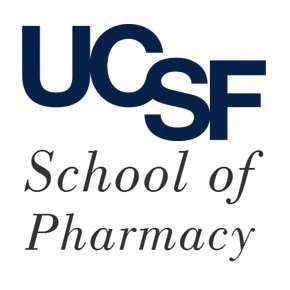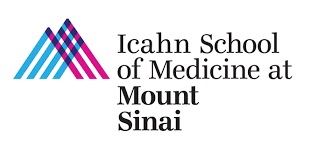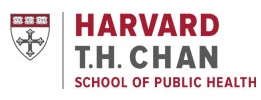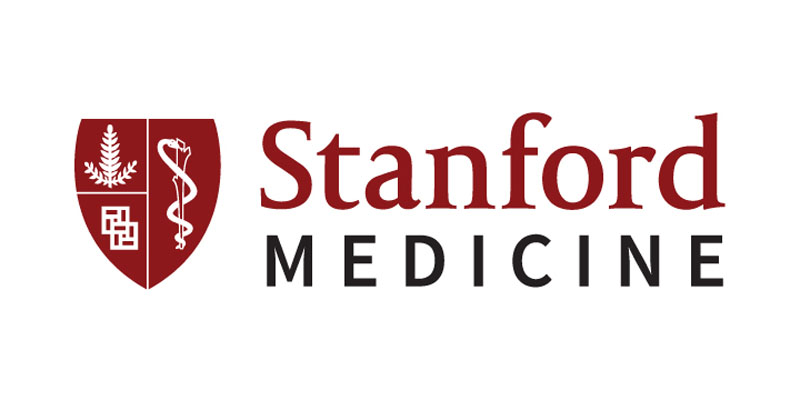Submitted by ja607 on
| Title | Extreme Polygenicity of Complex Traits Is Explained by Negative Selection. |
| Publication Type | Journal Article |
| Year of Publication | 2019 |
| Authors | O'Connor, LJ, Schoech, AP, Hormozdiari, F, Gazal, S, Patterson, N, Price, AL |
| Journal | Am J Hum Genet |
| Volume | 105 |
| Issue | 3 |
| Pagination | 456-476 |
| Date Published | 2019 Sep 05 |
| ISSN | 1537-6605 |
| Abstract | Complex traits and common diseases are extremely polygenic, their heritability spread across thousands of loci. One possible explanation is that thousands of genes and loci have similarly important biological effects when mutated. However, we hypothesize that for most complex traits, relatively few genes and loci are critical, and negative selection-purging large-effect mutations in these regions-leaves behind common-variant associations in thousands of less critical regions instead. We refer to this phenomenon as flattening. To quantify its effects, we introduce a mathematical definition of polygenicity, the effective number of independently associated SNPs (M), which describes how evenly the heritability of a trait is spread across the genome. We developed a method, stratified LD fourth moments regression (S-LD4M), to estimate M, validating that it produces robust estimates in simulations. Analyzing 33 complex traits (average N = 361k), we determined that heritability is spread ∼4× more evenly among common SNPs than among low-frequency SNPs. This difference, together with evolutionary modeling of new mutations, suggests that complex traits would be orders of magnitude less polygenic if not for the influence of negative selection. We also determined that heritability is spread more evenly within functionally important regions in proportion to their heritability enrichment; functionally important regions do not harbor common SNPs with greatly increased causal effect sizes, due to selective constraint. Our results suggest that for most complex traits, the genes and loci with the most critical biological effects often differ from those with the strongest common-variant associations. |
| DOI | 10.1016/j.ajhg.2019.07.003 |
| Alternate Journal | Am. J. Hum. Genet. |
| PubMed ID | 31402091 |
| PubMed Central ID | PMC6732528 |
| Grant List | R01 MH109978 / MH / NIMH NIH HHS / United States R01 MH101244 / MH / NIMH NIH HHS / United States U01 HG009379 / HG / NHGRI NIH HHS / United States U01 HG009088 / HG / NHGRI NIH HHS / United States T32 HG002295 / HG / NHGRI NIH HHS / United States R01 MH107649 / MH / NIMH NIH HHS / United States |





